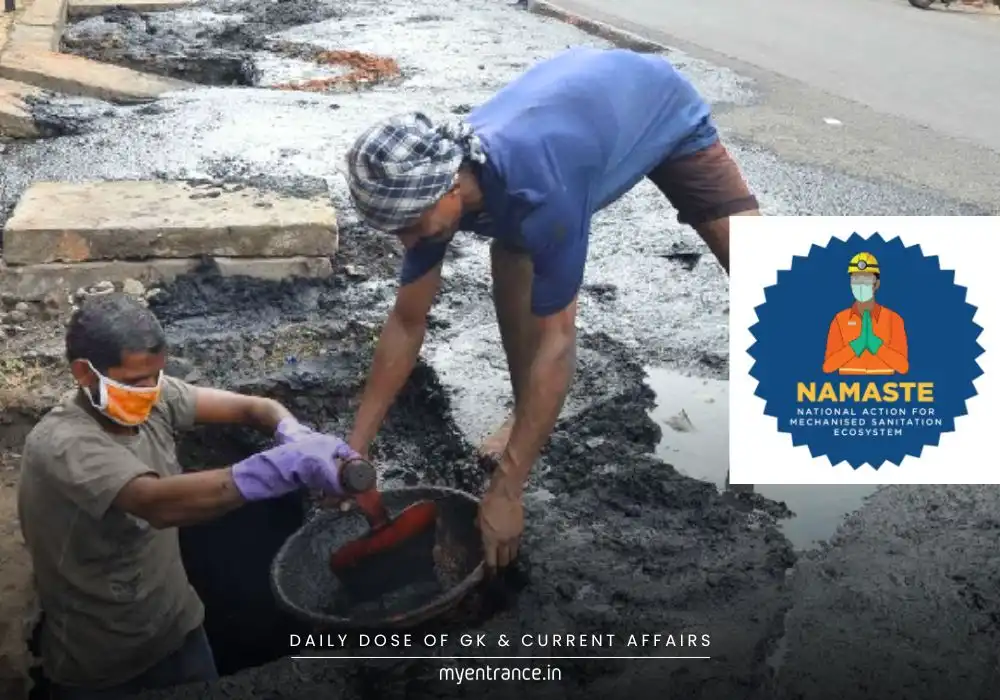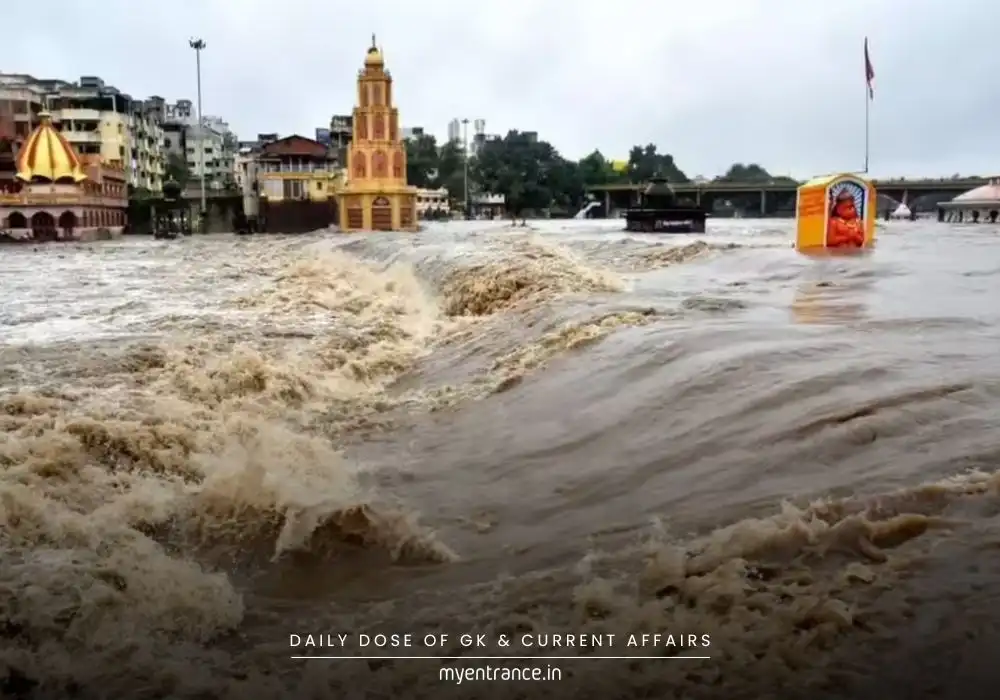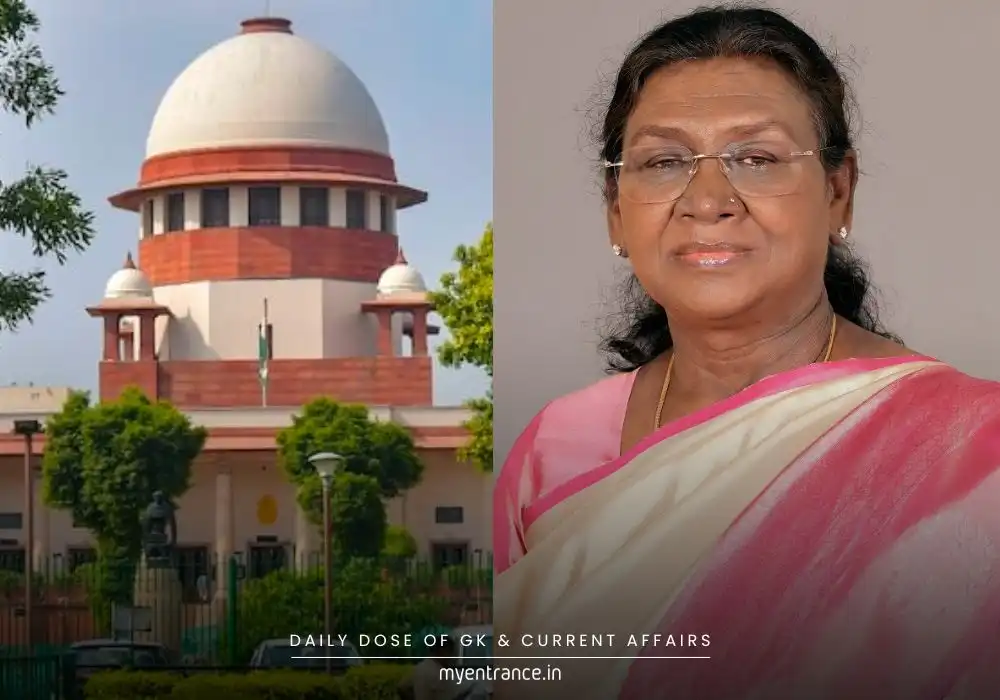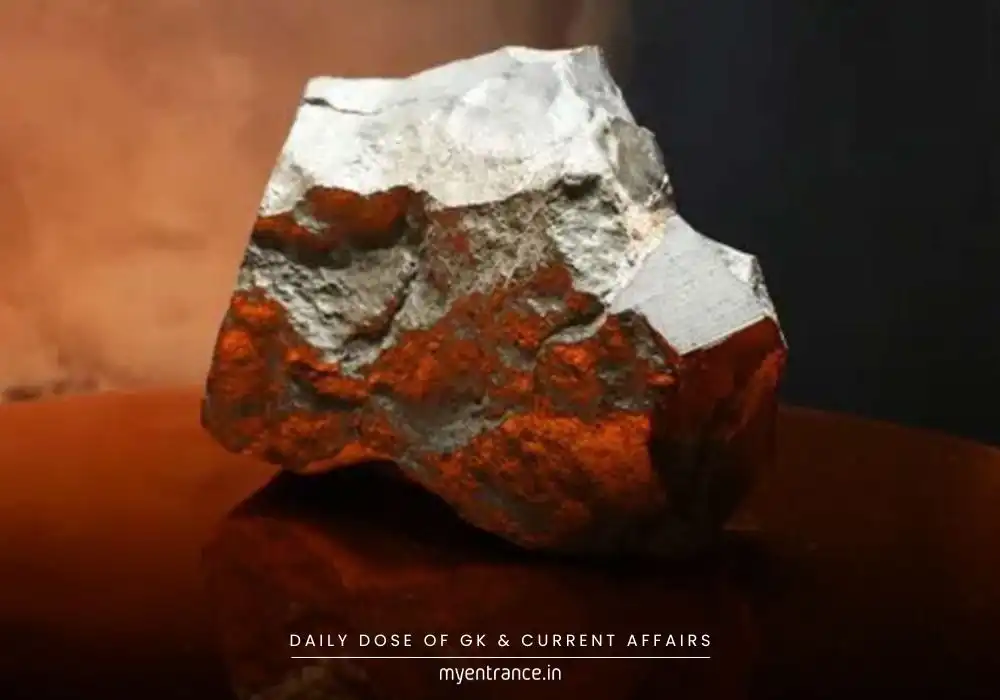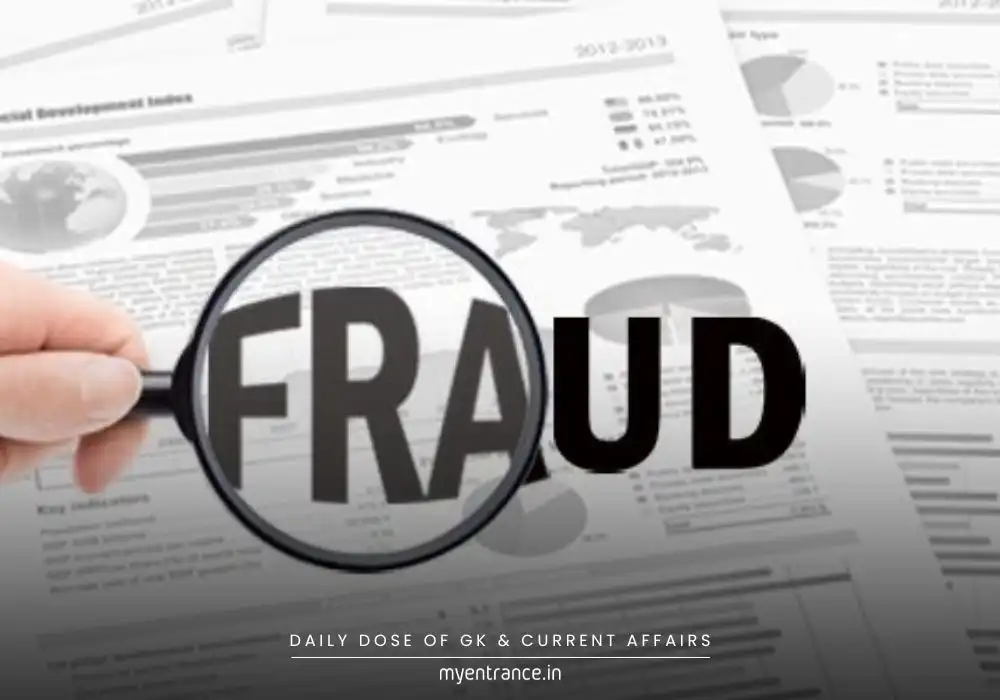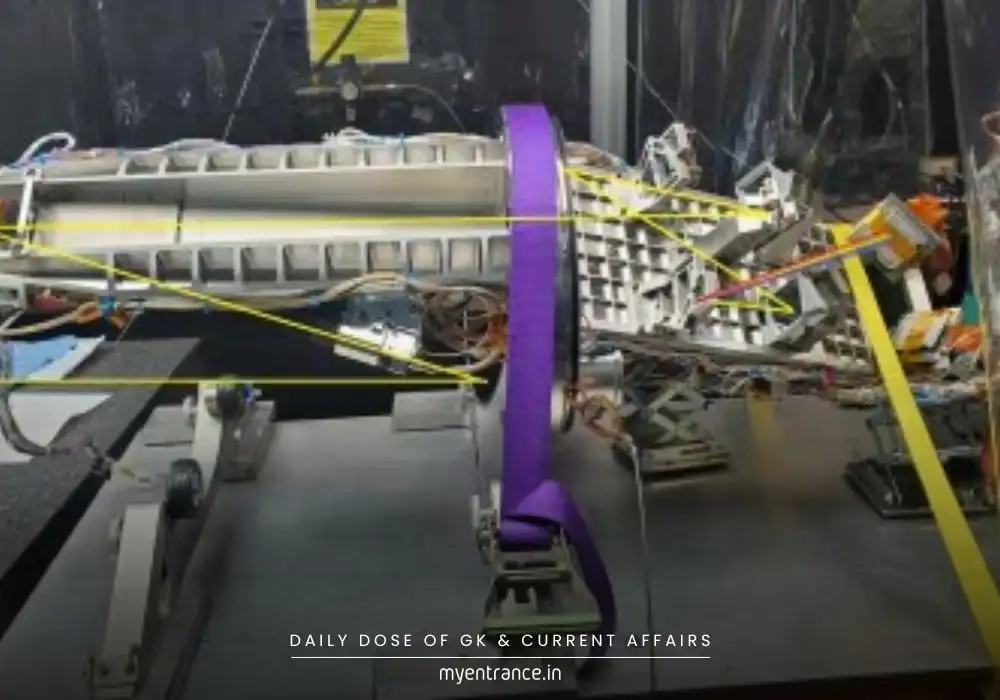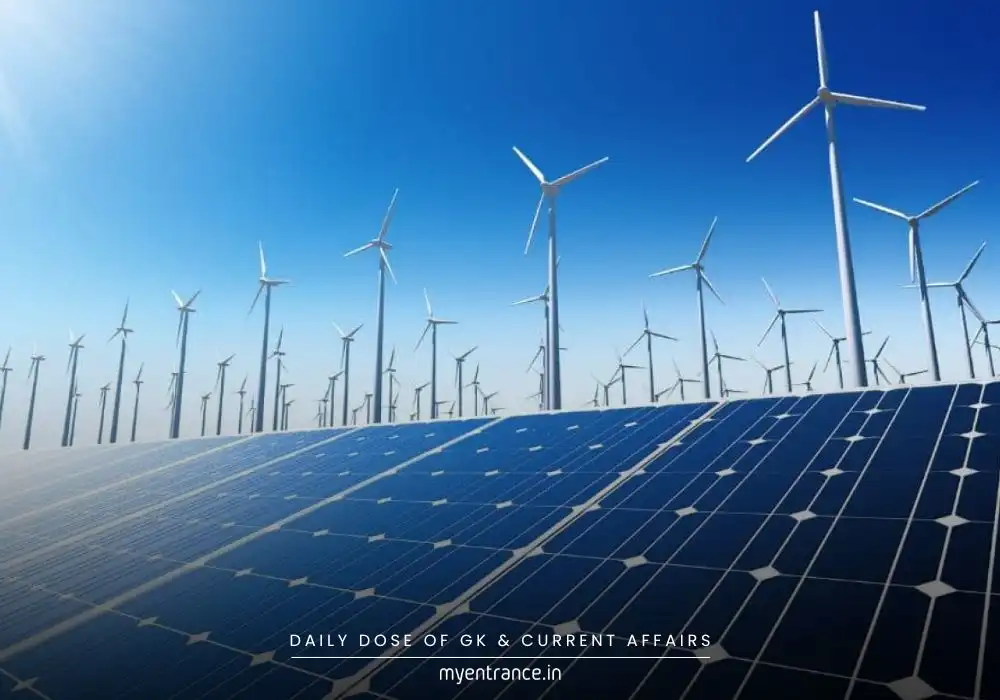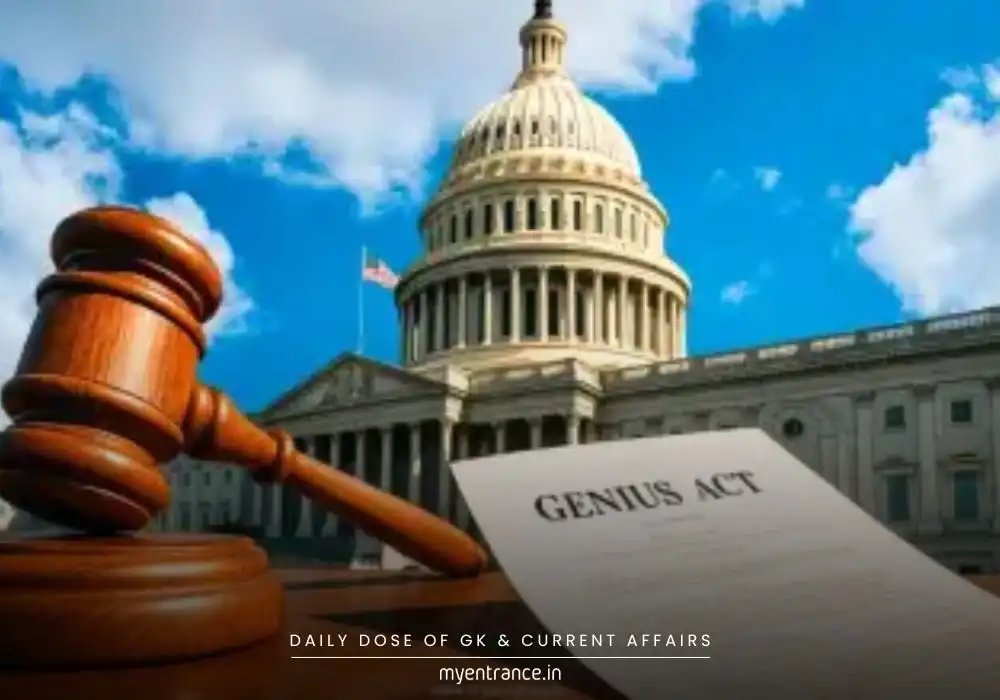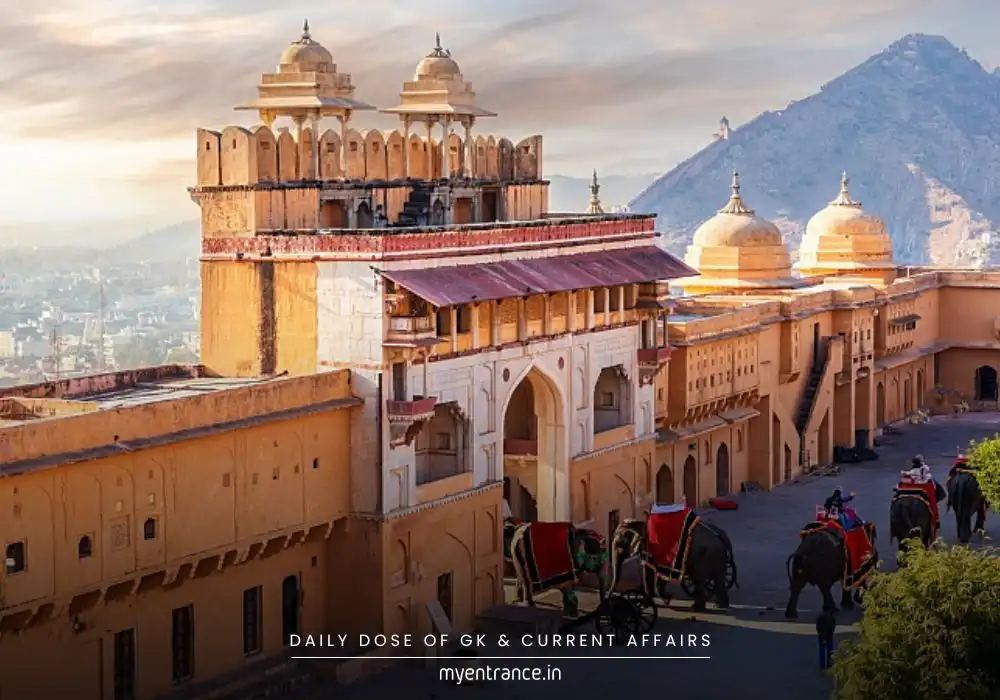Translate Language
Why is Japan Burying Fukushima Soil at the Prime Minister’s Office?
In a striking move, Japan has placed decontaminated, slightly radioactive soil from Fukushima beneath the lawn of the Prime Minister’s Office in Tokyo. This high-visibility act aims to prove the soil’s safety for reuse, directly tackling public fears and a massive waste challenge. Understanding this decision offers critical insights into environmental policy and disaster management – key topics for competitive exams.
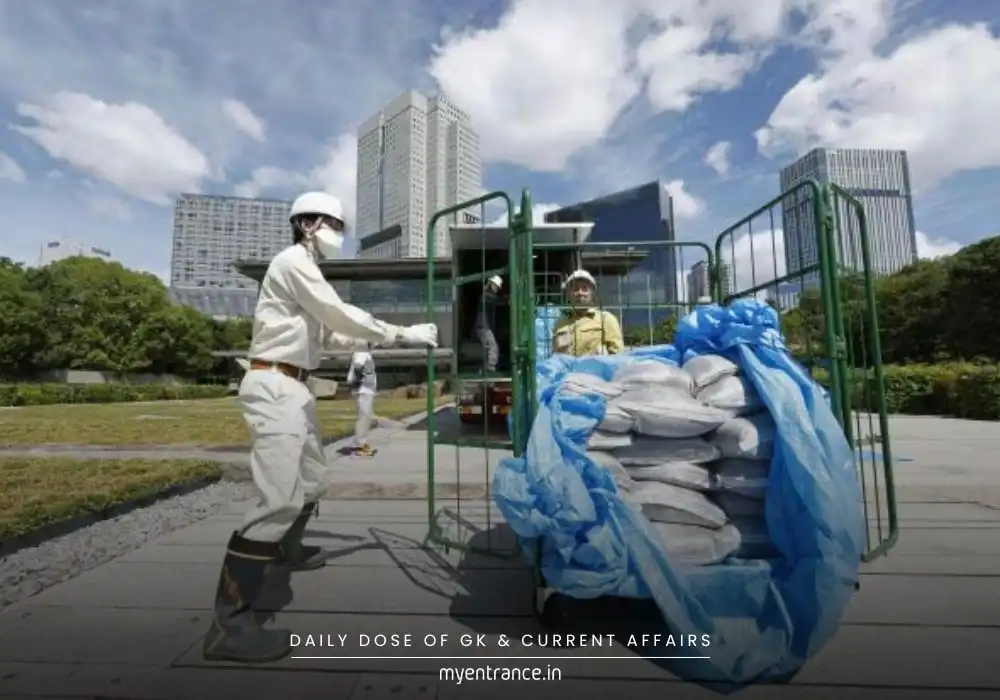
Rewritten Content (Human Focus & “Why”)
Imagine the nerve center of Japanese politics. Now, picture soil once contaminated by the Fukushima nuclear disaster being carefully buried beneath its garden lawn. That’s exactly what happened recently at the Japanese Prime Minister’s Office in Tokyo. But why take such a provocative step?
The answer lies in a massive problem: what to do with the colossal 14 million cubic meters of soil contaminated after the 2011 Fukushima Daiichi meltdown. Currently stored in temporary sites across Fukushima prefecture, this soil represents an enormous logistical and environmental challenge. The government’s long-term plan is to move it out of Fukushima for final disposal by 2045, but finding communities willing to accept it is incredibly difficult. Public fear runs deep.
Here’s the core “why”: To overcome this fear and demonstrate that properly decontaminated soil is safe for reuse, the Environment Ministry chose the most visible location possible – the Prime Minister’s Office. They delivered two cubic meters of this soil, rigorously treated to meet safety standards (now only slightly radioactive), to be buried deep under clean topsoil in the garden. The goal is transparent: to prove through real-world application that radiation levels at the surface remain negligible and harmless.
Why the PM’s Office specifically? It’s a high-stakes symbol. Placing it there sends the strongest possible message that the government stands by the science and safety claims. The soil isn’t from the destroyed plant itself, but from surrounding areas cleaned up after the disaster, following strict International Atomic Energy Agency (IAEA) guidelines. The ministry emphasizes multiple layers of clean soil will shield it completely.
However, this isn’t the first attempt. Past efforts to use similar soil in Tokyo parks faced fierce public backlash and were abandoned. Chief Cabinet Secretary Yoshimasa Hayashi openly acknowledged these anxieties, highlighting the government’s need to build public trust. This move at the PM’s office is a direct response to that challenge – a bold, tangible effort to shift public perception about Fukushima’s legacy and pave the way for larger-scale waste management solutions. It occurs alongside other contentious steps, like the ongoing release of treated wastewater into the Pacific Ocean and the daunting task of removing 880+ tons of melted nuclear fuel debris.
Questions & Answers (Relevant for Exams)
Q: What is the primary reason Japan placed decontaminated Fukushima soil at the Prime Minister’s Office?
A: To demonstrate its safety for reuse in a highly visible location and build public trust, facilitating the broader plan to manage millions of cubic meters of contaminated waste outside Fukushima.
Q: Where did the soil used at the PM’s office originate?
A: It came from surrounding areas of Fukushima that were decontaminated after the 2011 disaster, not from inside the crippled Fukushima Daiichi nuclear plant itself.
Q: What international body’s guidelines were followed for this soil reuse demonstration?
A: The procedures followed guidelines approved by the International Atomic Energy Agency (IAEA).
Q: What is the Japanese government’s long-term plan for the contaminated soil stored in Fukushima?
A: The government aims to dispose of the roughly 14 million cubic meters of contaminated soil outside Fukushima prefecture by 2045.
Q: Why have previous attempts to reuse similar soil faced challenges?
A: Previous attempts (like in Tokyo flower beds) faced challenges due to significant public backlash and persistent concerns about safety, despite official assurances.
Get 3 Months Free Access for SSC, PSC, NIFT & NID
Boost your exam prep!
Use offer code WELCOME28 to get 3 months free subscription. Start preparing today!
